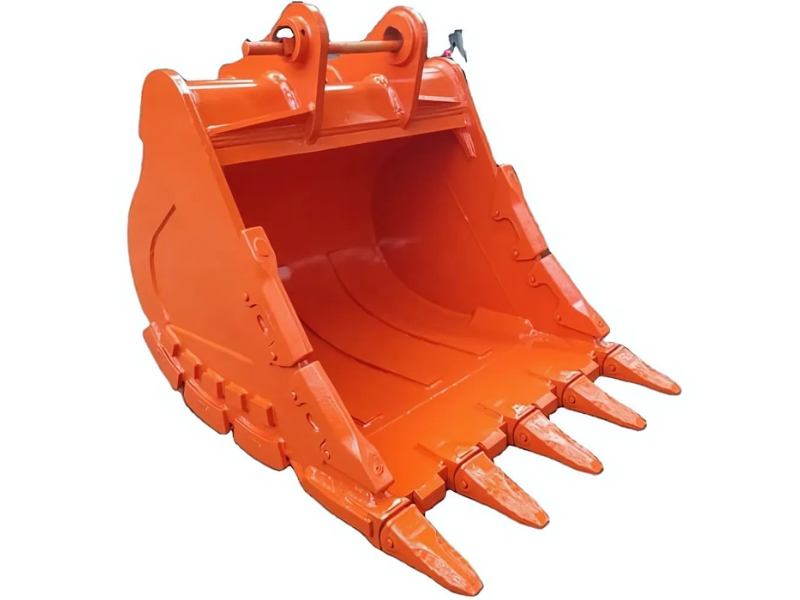
When it comes to heavy-duty excavation, the right Rock Bucket can make all the difference between efficiency and frustration. Whether you’re working on a mining site, quarry, or large-scale construction project, choosing the correct excavator rock bucket ensures faster digging, reduced wear and tear, and long-term savings. But with so many options available, how do you pick the right one for your specific job site? Let’s explore the key factors that determine the ideal Rock Bucket for your needs.
The first and most crucial step in choosing a Rock Bucket is identifying the type of material you’ll be handling. Rock buckets are designed to endure high-impact conditions, but the rock type — whether it’s soft limestone, hard granite, or abrasive basalt — can affect your choice.
For soft or loose rock: A general-purpose rock bucket with standard teeth and moderate thickness may suffice.
For hard or compact rock: Opt for a heavy-duty or reinforced Rock Bucket built from high-strength steel with wear-resistant liners and robust teeth.
For abrasive materials: Consider buckets with side cutters, additional wear plates, and high-quality alloy steel for enhanced durability.
Understanding the geological conditions of your job site ensures you choose a Rock Bucket that delivers optimal performance without premature damage.
A common mistake is choosing an oversized or undersized bucket that doesn’t align with the excavator’s capacity. The bucket’s width, weight, and volume should match the machine’s hydraulic power and lifting capability.
Oversized bucket: Increases strain on the boom and hydraulics, leading to reduced machine lifespan and higher maintenance costs.
Undersized bucket: Lowers productivity since you’ll move less material per cycle.
Always refer to your excavator manufacturer’s specifications to ensure the Rock Bucket size is within recommended limits. The goal is to achieve the right balance between load capacity, breakout force, and digging efficiency.
Teeth are the cutting edge of any Rock Bucket, and selecting the correct configuration can significantly influence digging performance.
Long, pointed teeth are best for penetrating compacted rock and hard ground.
Short, blunt teeth work well for handling loose or fractured material.
Twin tiger teeth offer superior penetration in rocky or frozen terrain.
Additionally, consider whether you need bolt-on teeth (easier to replace) or weld-on teeth (more secure and durable). The right tooth system improves productivity and minimizes downtime on site.
Rock excavation is tough work — and so is the wear and tear on your bucket. To maximize lifespan, look for buckets equipped with:
Side cutters and shrouds – Protect the bucket edges during impact with rocks.
Wear plates and liners – Reinforce the bottom and sides against abrasion.
Hardox® or similar wear-resistant steel – Enhances the strength and durability of your Rock Bucket.
These reinforcements reduce maintenance costs and help maintain bucket shape even under extreme pressure.
Each job site has its unique challenges — terrain type, weather conditions, and workload frequency all play a role in choosing the right Rock Bucket.
For instance:
In quarrying operations, opt for extra heavy-duty buckets designed to handle sharp and oversized boulders.
For construction or utility work, a moderate-duty rock bucket offers flexibility and lower weight.
In mining environments, reinforced rock buckets with additional edge guards are essential for handling dense materials.
Understanding your working environment helps in selecting a bucket that can withstand operational demands while maintaining peak performance.
The best Rock Bucket is one that fits seamlessly with your existing equipment and is easy to maintain. Ensure compatibility with your excavator’s quick coupler or pin-on setup. Look for designs that allow quick access for inspections and easy replacement of wear parts like teeth and side cutters.
Routine maintenance — such as checking for cracks, loose bolts, and worn edges — extends the life of your bucket and enhances safety on site.
Finally, your choice of manufacturer can greatly influence the quality and performance of your Rock Bucket. Reputable suppliers use certified materials, precise fabrication techniques, and conduct rigorous quality checks. They can also help customize buckets based on your project requirements, ensuring you get the perfect balance of durability, efficiency, and cost-effectiveness.
Selecting the right Rock Bucket for your excavator isn’t just about picking a strong attachment — it’s about matching design, capacity, and material strength to your job site conditions. A well-chosen bucket enhances productivity, minimizes downtime, and ensures long-term savings. Whether you’re breaking hard granite or handling mixed aggregates, understanding your needs and investing in a high-quality Rock Bucket will always pay off in performance and reliability.
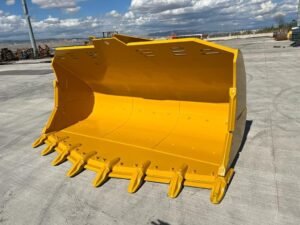
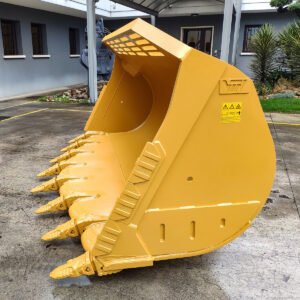
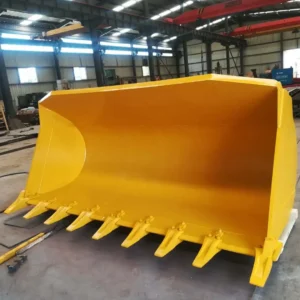
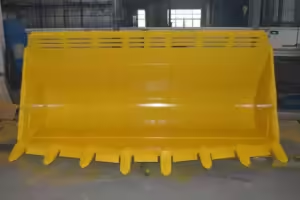
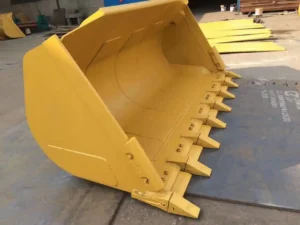
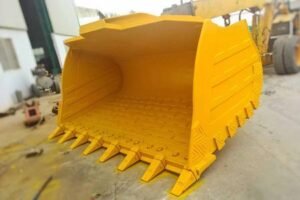
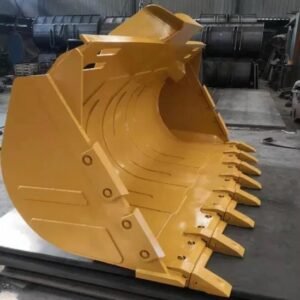
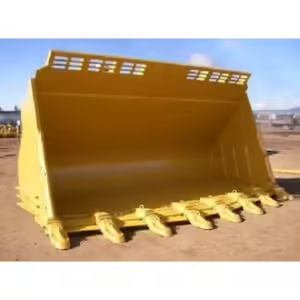
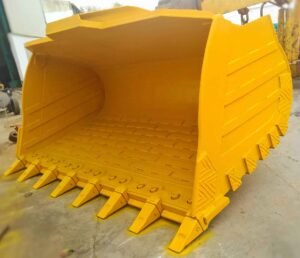
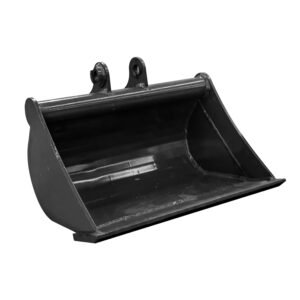
TEAM. All Rights Reserved. Developed by Pixel Tech.